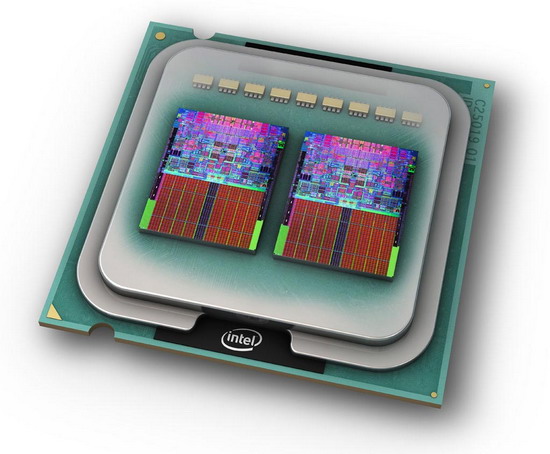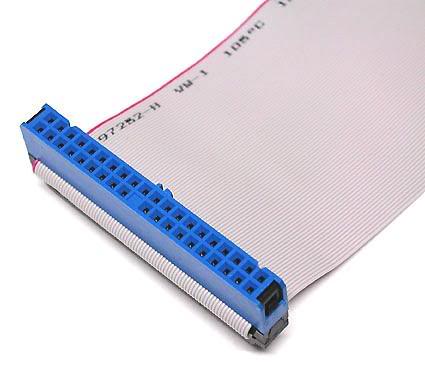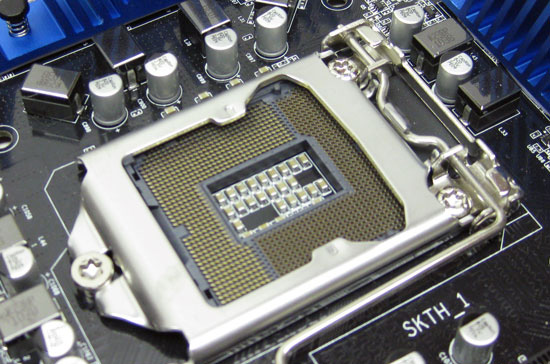What is a processor? Features and Specifications
What is a processor? Here you can read a little terminology of this concept. We will look at what it consists of, what is the processor core, system bus, processor cache, what sockets the processor has, as well as popular manufacturers. And now, let's get down to business.
Processor (CPU orCPU) is a device or circuit that executes machine instructions (instructions). It is the most important component of any computer and laptop. Performs any, both logical and arithmetic operations. Also manages all devices connected to the PC.
At the moment, processors are a circuit (microprocessor) and are a small thin plate, square in shape. Such a scheme contains elements that provide the functionality of the processor itself and the PC as a whole. Such a plate is protected by a plastic or ceramic case, connected by gold wires with metal tips. This design allows you to attach the processor to the motherboard.
What is a processor made of?
- Registers
- Arithmetic logic unit
- Data and address buses
- cache memory
- Math coprocessor
Experts of different professions have a slightly different concept of processor architecture. For example, programmers think that a processor architecture is when a processor is capable of executing sets of machine codes. Developers of computer components think differently, namely that the processor architect reflects some properties and qualities that are inherent in a whole family of processors (in other words, the organization of processors or their internal design). For example, there is such an architecture as Intel Pentium, it is designated as P5. For example, the Pentium IV is referred to as NetBurst.
Pentium 4 processor architecture model
Even if the processors have the same architecture, they may have differences. First of all, this is, of course, the difference in the processor ones, which endow the processor itself with some characteristics. Of course, they can differ both in cache sizes and differences in the system bus frequency. In fact, the term processor core does not have a clear definition, but it can allow you to highlight the features of any model. 
If you replace the core, you will most likely have to change the processor socket, which entails certain difficulties that are associated with the compatibility of motherboards. Of course, developers are constantly working on improving the cores. Such innovations are called the revision of the cores, they, in turn, are indicated by letter and number values.
What is a system bus?
System bus or processor bus (FSB) - is a set of signal lines, combined by purpose. In simple terms, the system bus connects all computer components to the processor, be it , or. The processor is connected only to the system bus, other devices are connected through special controllers.

What is a processor socket?
There are two types of connectors (sockets) − nesting and slotted. Although this can be considered as one socket, because it was created only for installing a processor. The presence of the socket greatly facilitates the replacement of the processor. It could also be removed while the computer is being repaired. By the way, if anything, this connector is located on. Intel and AMD companies have their own types of connectors, which you can see.

What is a processor register?
A register in a processor is a block of cells that forms ultra-fast RAM. Such memory is used only by the processor.
What is a processor cache?
Cash- This is a technology that is mandatory in all modern processors, it is also called fast memory. Cache technology is a buffer between the processor and the controller, which is slow memory. The buffer is a store of data blocks that are processed right now, so the processor does not need to access the controller. This property very well increases the performance of the processor.
At the moment, there are several levels of cache. L1 - first level cache, is the fastest and works directly with the kernel. Next comes second level cache - L2, which interacts with L1. This cache is much larger than L1. Sometimes it may also occur third level cache - L3. It's quite slow, and even larger than L2, but again, it's faster than system memory.
Also, the cache is divided into exclusive and not exclusive.
The first type includes a cache in which the data is divided into original data in a strict order. A non-exclusive cache is a cache whose data can be repeated at all levels of the cache. For example, Intel uses a non-exclusive type, while AMD uses a correspondingly exclusive type. It's hard to say which one is better, both have their pros and cons.






